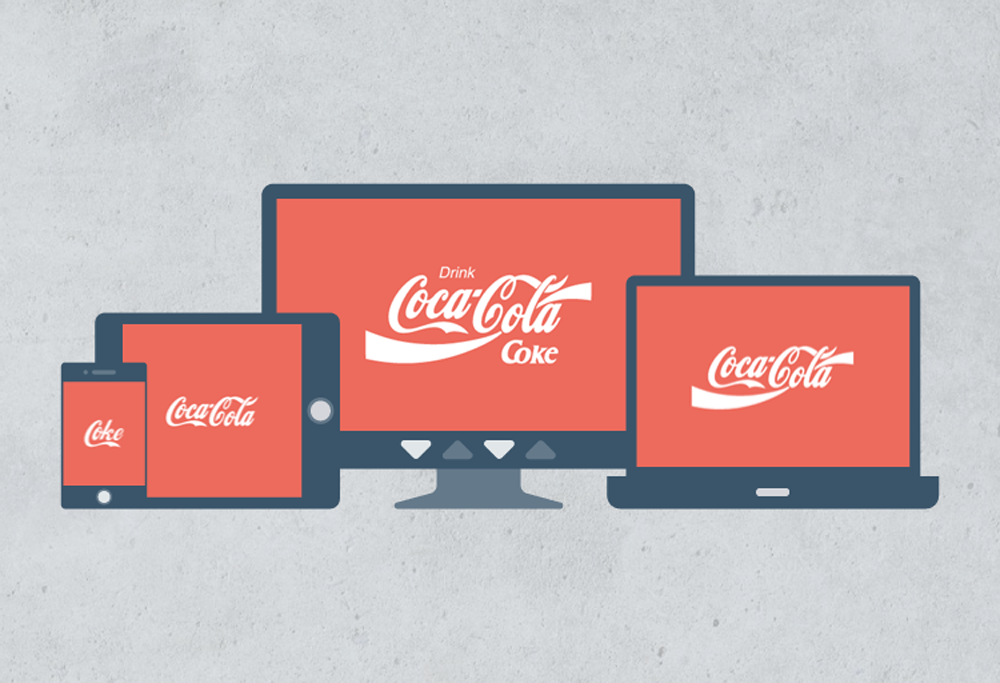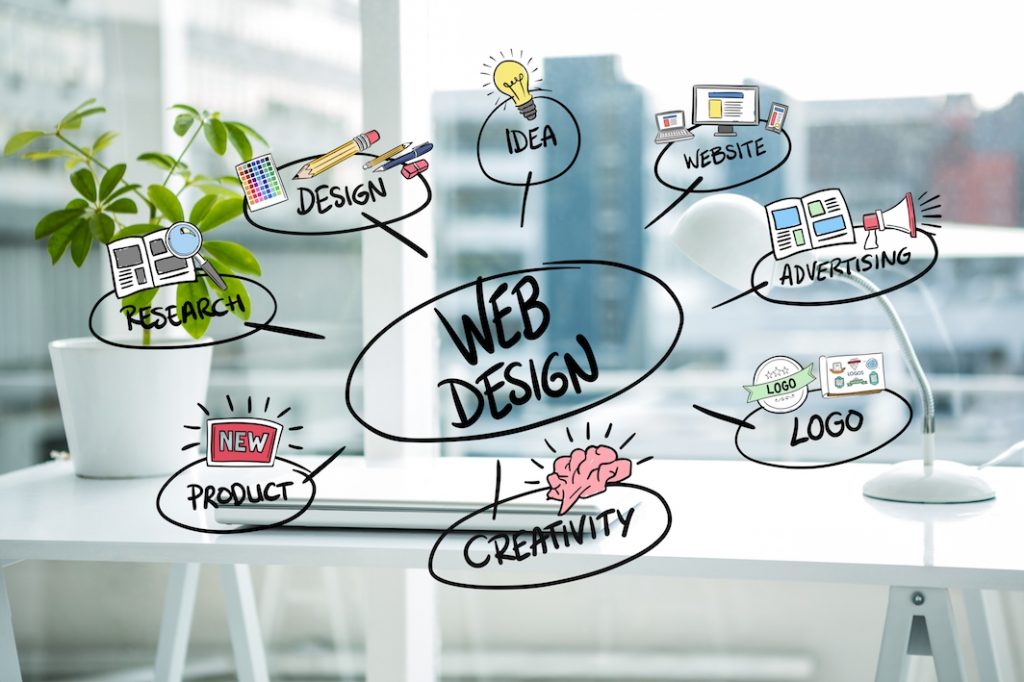
The overlying effect has been a popular design trend for mobile apps in 2018. The overlying effect makes depictions look wider and enticing. The combination of shadows and overlying effects is a great way to enhance an app interface design. This design element is often used by app designers. This trend is certain to continue in 2018.
Multidirectional navigation
Multidirectional navigation is a very useful feature that makes the user's trip more seamless and enjoyable. Instead of scrolling through static menus, users can swipe through pages to find the most relevant option for them. This can be helpful for streaming services, as well as other applications that provide a large number of options. It also helps establish a clear hierarchy on the page and reduces the user's waiting time.
Human touch
Mobile app design is moving towards the human touch. New design trends emphasize fluid user experience. They make apps faster and more enjoyable to use. Gestures will be appreciated by users for navigating through the app.

Material design
Material Design is one of the most popular trends in mobile app development this year. Material Design is a new design philosophy that emphasizes the importance contrast when creating user-friendly apps. App developers can use this concept to create high-quality apps. This principle can be applied in many ways by designers. One of the most striking examples is bright gradients. This is especially evident in background graphics and buttons. This trend will continue to gain popularity in the coming years.
Augmented reality
Augmented Reality (AR) is a new trend in mobile application design that's rapidly gaining popularity. AR allows users to interact with a virtual filter that lets them see objects in real time. Users don't have to switch realities to experience AR, as the technology seamlessly merges your world with theirs. AR apps, unlike websites that lack interactivity, allow users to interact with virtual objects real-time, rather than static webpages.
Cards
Card designs enable users to quickly navigate through a wide range of content. They can also stand out from all the other content on the page. Pinterest is a great example of this, with its shareable cards. Cards can be used to display specific content, such as a recipe.
Tabs bar
Mobile app designers are increasingly using the "tabs bar" to organize menu items. Compared to the hamburger menu, a tab bar gives users more control over their browsing experience. It enables them to quickly access important views while keeping the less-important ones hidden. Additionally, rich content and tab bars can highlight important menu items. However, this design makes it more difficult to reach the upper screen.

Borderless display
Mobile app design has seen a new trend in borderless displays. This technology is a great way for users to pay attention, especially on small screens. It is also called the "continuous narrative" format. Apple introduced it in the iPhone X. They used high-quality images for a story-like presentation. This new feature can completely change the way that mobile apps are built. It allows designers the freedom to break down established rules and explore innovative ideas.
FAQ
Do I have to use a template?
Yes! Yes! Many people use pre-built frameworks or templates when creating websites. These templates include all of the code required to display the information on your webpage.
These templates are the most in-demand:
WordPress - the most widely used CMS
Joomla - Joomla is another popular open-source CMS
Drupal - an enterprise-level solution that large organizations use
Expression Engine is a Yahoo CMS that allows you to create custom CMS sites.
Each platform offers hundreds of templates. Finding the right template should be simple.
Are I more likely to be hired for a job as a Web Developer if my portfolio is good?
Yes. When you are applying for a job as a web developer or designer, a portfolio is crucial. Portfolios should showcase examples of your skillsets and experience.
Portfolios usually include samples of past projects. These samples can show off your ability to do any task. Portfolios should contain everything, from wireframes, mockups, logos and brochures to websites, apps, and websites.
What types of websites should you make?
This depends on your goals. Your website should be able to sell products online. This will allow you to build a successful business. You'll need to build a robust eCommerce site to do this successfully.
Blogs, portfolios and forums are all popular websites. Each of these requires different skills and tools. You will need to be familiar with blogging platforms like Blogger or WordPress if you wish to create a blog.
You must decide how to personalize your site's appearance when choosing a platform. There are many themes and templates that you can use for free.
After you have chosen a platform, it is time to add content. Images, videos, text, and other media can all be added to your pages.
Your new website is ready to be published online. Visitors can view your site online once it has been published.
How to create a static website
You have two options when creating your first static site:
-
Content Management System (a.k.a. WordPress): WordPress is a Content Management System (a.k.a. This will allow you to create an essential website.
-
Create a static HTML website: You'll need to code your HTML/CSS code. This is easy if you know HTML.
It is worth hiring an expert if you want to build large websites.
Start by choosing option 2.
Statistics
- The average website user will read about 20% of the text on any given page, so it's crucial to entice them with an appropriate vibe. (websitebuilderexpert.com)
- It's estimated that chatbots could reduce this by 30%. Gone are the days when chatbots were mere gimmicks – now, they're becoming ever more essential to customer-facing services. (websitebuilderexpert.com)
- Did you know videos can boost organic search traffic to your website by 157%? (wix.com)
- When choosing your website color scheme, a general rule is to limit yourself to three shades: one primary color (60% of the mix), one secondary color (30%), and one accent color (10%). (wix.com)
- It's estimated that in 2022, over 2.14 billion people will purchase goods and services online. (wix.com)
External Links
How To
What is Website Hosting?
Website hosting describes where visitors go when they visit a site. There are two types of website hosting:
-
Shared hosting - This is the cheapest option. Your website files reside in a server managed by another company. Your customers' requests travel via the Internet to your server when they visit your site. The request is then handed to the owner of that server.
-
Dedicated hosting is the most expensive option. Your website is located on only one server. There are no other websites sharing space on the server. Your traffic remains private.
Shared hosting is preferred by most businesses because it's cheaper than dedicated hosting. The company hosting the server will provide the resources necessary to manage your website.
Both options have their pros and cons. These are the key differences between them.
Sharing Hosting Pros
-
Lower Cost
-
Simple to Setup
-
Frequent updates
-
It is available on many Web Hosting Companies
Shared hosting is often as cheap as $10 per month. Keep in mind, however, that bandwidth is usually included in the price. Bandwidth refers the data that you can transfer over the Internet. Even if you are only uploading photos to your blog site, high data transfer rates can still cost you extra.
Once you start, you'll quickly realize why you were paying so much for your previous host. Most shared hosts have very poor customer support. Although they will help you set up your site occasionally, you are on your own once you have done that.
A provider with 24-hour telephone support is a good choice. They'll take care of any issues that come up while you sleep.
Cons of dedicated hosting
-
More Expensive
-
Less common
-
Requires special skills
With dedicated hosting, everything you need for your website is at your fingertips. You won’t need to worry whether you have enough bandwidth or enough RAM (random address memory).
This means you'll have to spend more upfront. But once your online business starts, you'll realize you don't need any technical assistance. You'll be able to manage your servers effectively.
Which Is Better For My Business:
It all depends on the type of website you are creating. If you are selling products, shared hosting may be the best option. It is easy to set-up and manage. You'll probably receive frequent updates because you are sharing a server hosting many other sites.
However, dedicated hosting can be a great option if you're looking to build a community around the brand. It allows you to focus on building your brand and not worrying about managing your traffic.
If you're looking for a web host that offers both options, we recommend Bluehost.com. They offer unlimited data transfers per month, 24/7 support and free domain registration.